What is a Carbon Intensity Score?
The term "carbon intensity score" is popping up more—here’s what you need to know. Read Ashley Haddon's latest blog for the details.
7 Rainy Sundays? A Look at the Spring Forecast and Summer Outlook
Get the latest spring forecast and hear how 2025’s wild weather patterns—including wind, rain, and drought—are shaping planting season in this latest podcast episode with Matt Reardon.
Monarch Butterfly Comment Period Reopens
The U.S. Fish and Wildlife Service is reopening the comment period on the Monarch Butterfly, and your input matters! Farmers can help shape the proposed rules—contact Corey Lacey for assistance in submitting your comments.
Court Extends Deadline on EPA’s Insecticide Strategy
Corey Lacey breaks down the latest on the EPA’s Insecticide Strategy, why it matters to Illinois farmers, and how it could change the way you manage your crops.
IL Soy Envoy Spotlight: Byron Hendrix
IL Soy Envoy Byron Hendrix, CCA, shares his recommendations on weed control, herbicide resistance, and the value of working with a CCA.
Haven’t Applied for ECAP Yet? There’s Still Time
Collin Cisco breaks down what farmers need to know about ECAP and why it's not too late to apply. With $10 billion in support available, this program offers timely relief—but producers must act before the August 15 deadline.
Tissue Testing: Is It Worth the Effort?
Illinois Soybean Checkoff-funded research is taking a closer look at soybean tissue testing—Dr. Connor Sible shares early findings from year one, including the challenges, opportunities, and what it could mean for understanding nutrient needs in soybean.
Components of Voluntary Agriculture Carbon Market Programs
Ashley Haddon explains the key elements of a carbon market, the difference between inset and offset markets, and how carbon intensity scores relate to the 45Z tax credit.
Upcoming Webinar: Ask the Illinois Soybean Association Agronomy Team
Join the Illinois Soybean Association Agronomy Team for a live Q&A session to discuss the 2025 growing season. Abigail Peterson, CCA, Stacy Zuber, PhD, and Stephanie Porter, CCA, will discuss what to watch for this season and answer questions on crop scouting, field management, and more.
March’s Severe Weather Sets the Tone for an Active Spring in Illinois
As planting season unfolds, Illinois farmers face an unpredictable weather outlook following a record-setting March of severe storms. With soil moisture deficits in some areas and the potential for more severe weather in April and May, farmers should prepare for narrow planting windows if the stormy pattern persists.

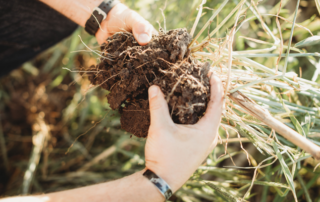

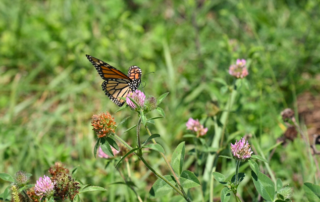
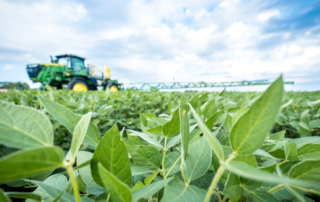
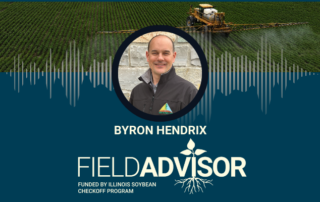
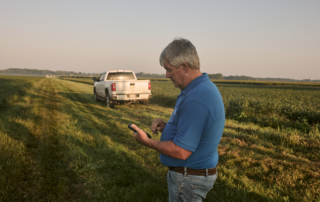
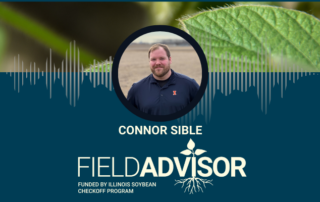
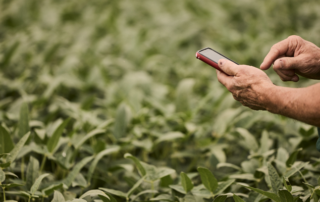
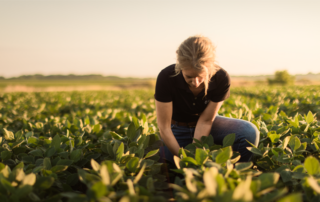
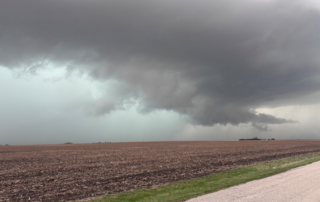

 and then
and then